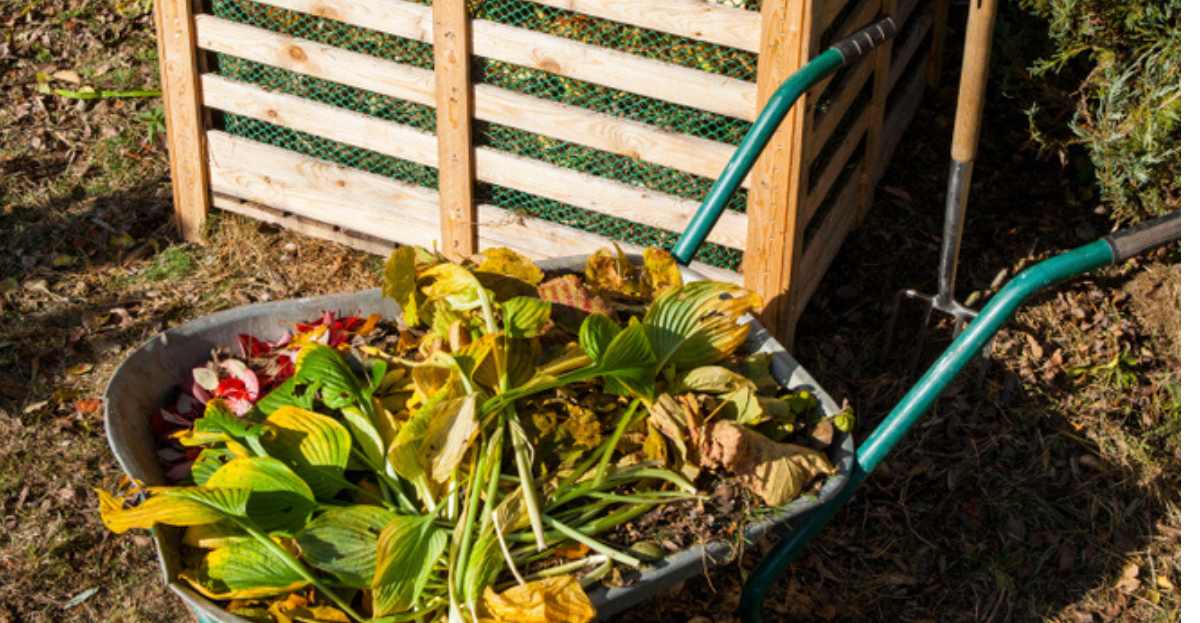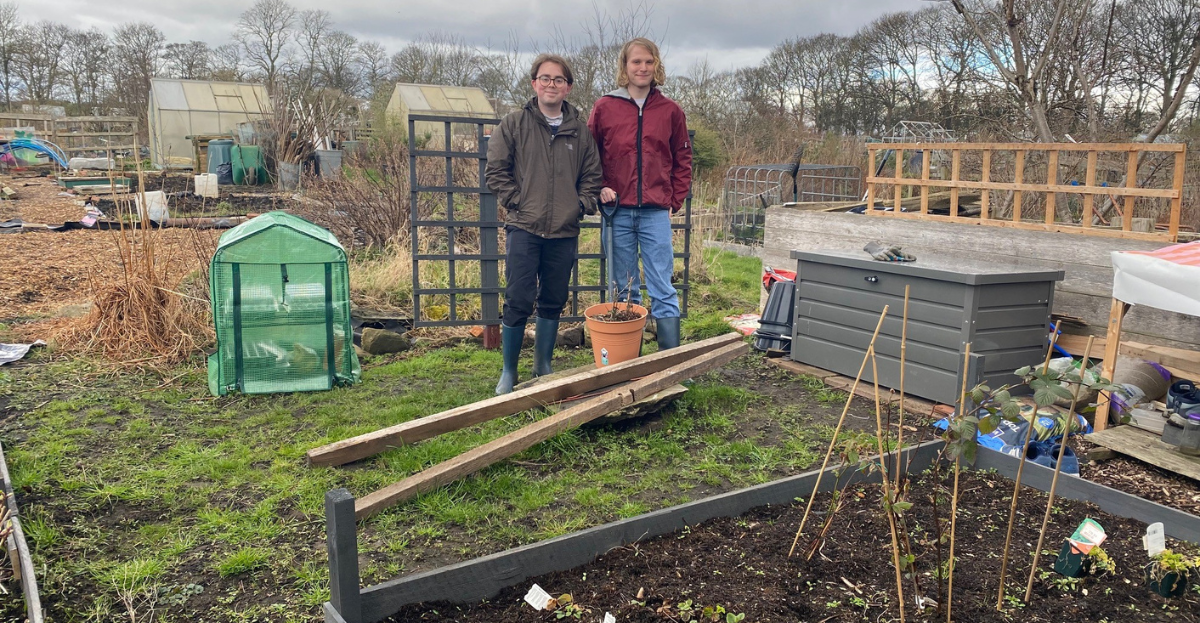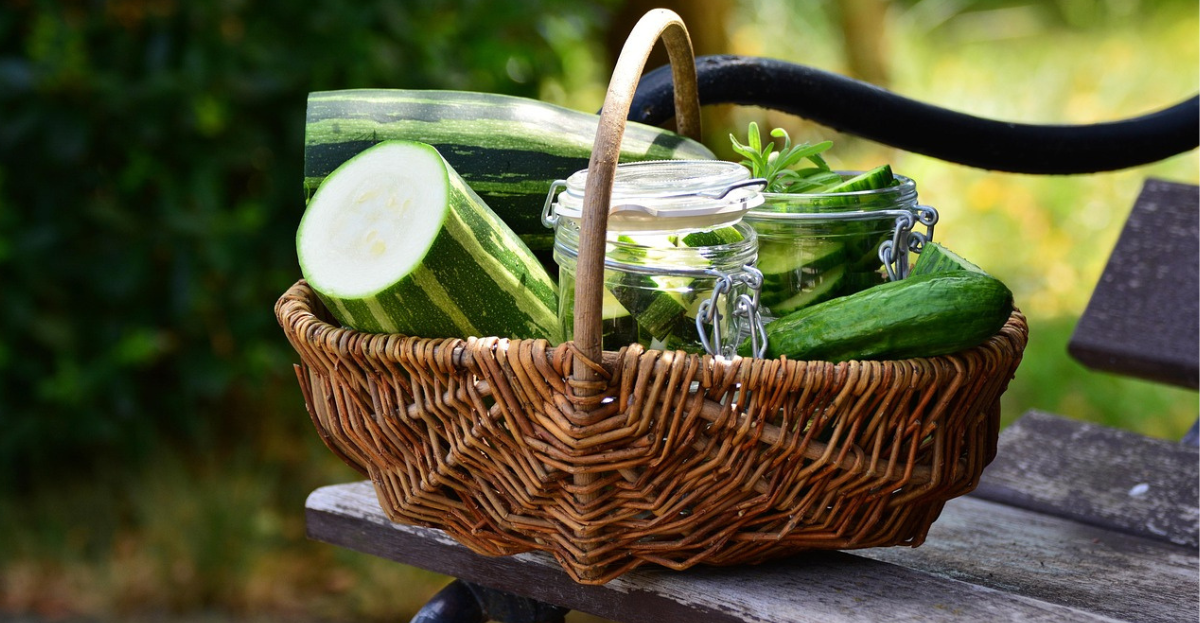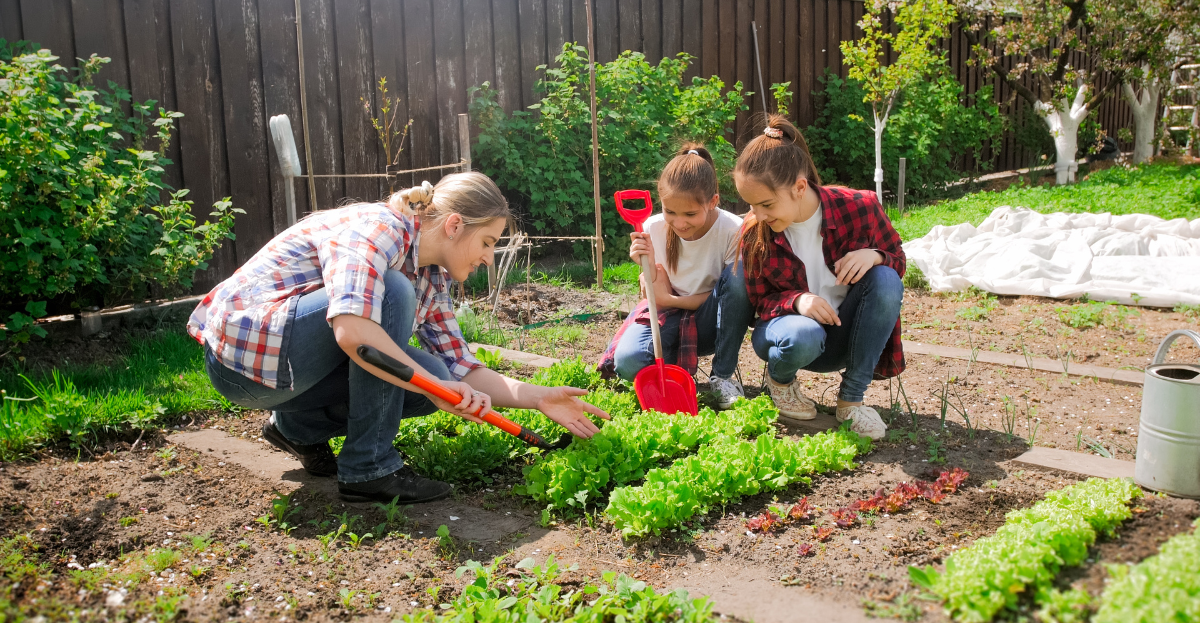How Much Time Does an Allotment Really Take?
Blood, sweat and spuds don’t come easy—read this before you dig in.
Picture yourself harvesting vibrant kale, juicy tomatoes, and digging up crunchy potatoes at your allotment on a sunny Sunday. Sounds perfect, right?
While allotments can offer this dream, they also come with hard work. So, before you dig in, it’s worth considering: just how much time and effort will it take to get there?
The Allotment Dream vs. The Allotment Reality
We won’t sugar-coat it — allotment gardening is hard work. While the rewards are many (fresh produce, time outdoors, community connection, and environmental impact to name but a few), the path to get there involves serious commitment.Those Instagram-worthy harvests? They’re the result of hours of digging, weeding, and planning — often in less-than-ideal weather.
Allotmenting isn’t a weekend hobby you can dip in and out of. It’s a weekly routine that needs to be woven into your lifestyle, just like going to the gym or walking the dog.

Start Small, Be Realistic
One of the biggest mistakes newcomers make is biting off more than they can chew. A full-size plot may look manageable in spring sunshine, but come midsummer when the weeds take over and the watering feels endless, it’s easy to feel overwhelmed.
Start small.
A half plot is plenty to begin with. You can grow a good variety of crops and get to know the rhythms of allotment life without burning out. You’ll need to dedicate at least
4–5 hours a week , every week — and that's not including the time you’ll spend chatting to neighbours, having a cuppa, or simply taking a breather.

Be Ready for Repetition
Yes, there will be golden moments: eating sweetcorn straight from the stalk or enjoying a well-earned beer in the sunshine. But most of the time, allotmenteering is about housekeeping.
You'll strim the same patch of grass for the third Sunday in a row. You'll pull out the same weeds you pulled last weekend. Nature doesn’t take days off, and neither can you — not if you want to stay on top of things.
Think of it like vacuuming the hallway — not thrilling, but oddly satisfying and undeniably necessary. The difference? Your hallway carpet doesn’t grow seven inches if you ignore it for a week.

Realistic Time Frames
Our recent survey revealed how frequently allotmenteers visit their plots during the peak growing season.
While these visits may not always be for long periods, they highlight the dedication required to maintain a productive and well-kept allotment.

The First Year is the Hardest
Chances are, you won’t inherit a picture-perfect plot. Expect a weed-infested jungle,
compacted soil, broken sheds, and hidden surprises beneath the brambles. The first year is all about laying the groundwork — literally.
Whether you go the traditional digging route or try a “no-dig” approach, it takes time,
effort, and plenty of physical labour to get your plot in shape. No-dig doesn’t mean no work — it means composting, mulching, planning, and patience.

Be Prepared for the Unexpected
From wildlife to clashing gardening philosophies, allotments are microcosms of the real world.You'll meet fellow gardeners who become fast friends — and others who don’t share your views on weed killer, raised beds, or community spirit. Tolerance and good humour go a long way.
If you have young children or a dog, bear in mind that allotments aren’t playgrounds.
They’re full of tools, hazards, and neighbours who may not love little ones trampling their rows of onions.

The Upside? It’s Worth It
We’ve painted an honest picture, but here’s the good news: if you stick with it, an allotment can be one of the most rewarding experiences. There’s something deeply satisfying about growing your own food, connecting with nature, and being part of a community that quietly supports each other through tomato gluts and courgette glories.
And let's not forget the physical, mental, and emotional health benefits.

Still Keen?
If you’re ready to commit, we suggest:- Starting with a half plot
- Visiting regularly, not just when the weather’s nice
- Getting help — a co-gardener or family member can make all the difference
- Being realistic — every plot needs time, energy, and elbow grease
It’s a great way to get a taste of the work involved without the full responsibility.

Join The National Allotment Society
Become a National Allotment Society member and help to preserve and protect allotments for future generations.
You'll also gain a range of benefits including free liability insurance, initial legal support, expert advice and much more.

